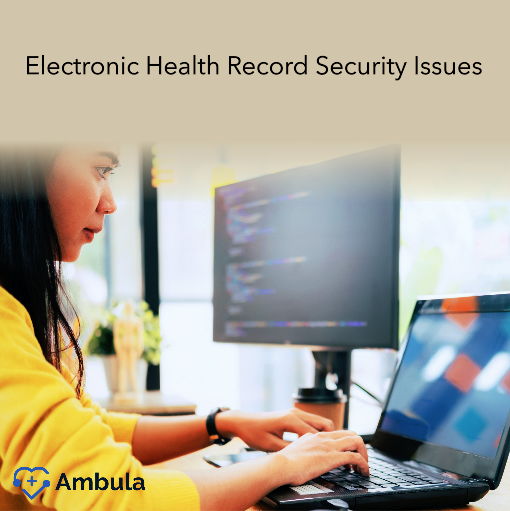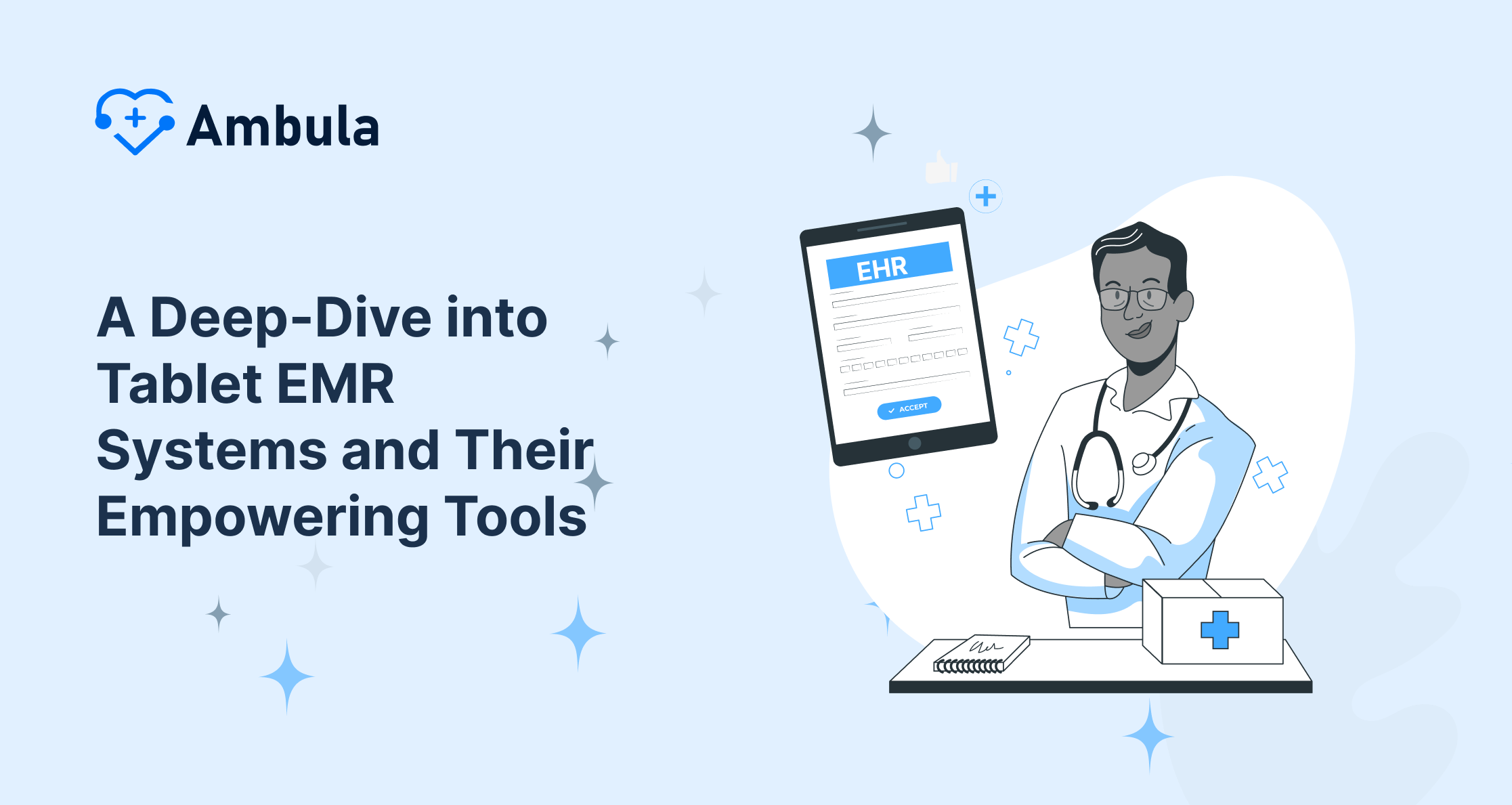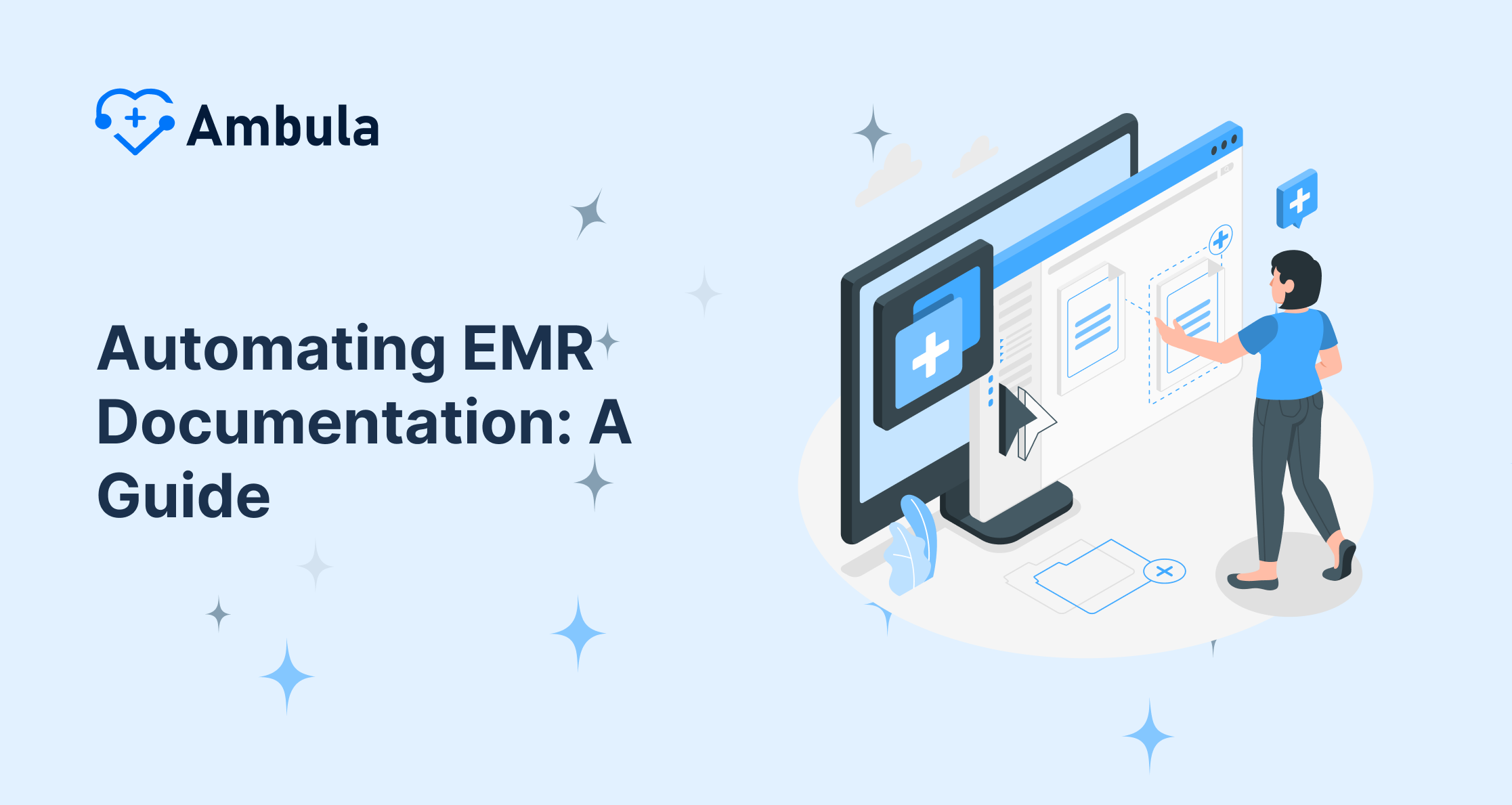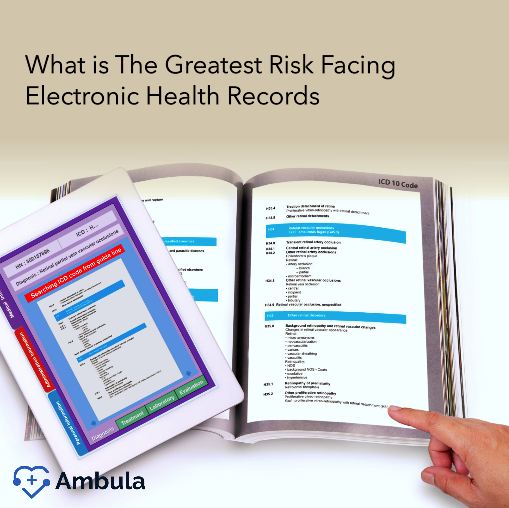
As a vital part of modern healthcare infrastructure, Electronic Health Records (EHR) provide an invaluable patient data management tool. By digitalizing patient records, healthcare providers can streamline administrative tasks, improve care coordination, and enhance patient outcomes. However, with great digitization comes the potential for escalated security issues. EHRs contain sensitive patient data such as medical histories, treatment records, and personal identification details. Thus, the need to ensure proper safeguarding measures cannot be overstated, as failure to do so could culminate in devastating privacy breaches, identity theft, and compliance penalties.
Common Electronic Health Record Security Issues
One major security issue with EHRs is unauthorized access. This may occur when healthcare personnel handle records negligently, leaving them susceptible to hacking or physical theft. On another note, more sophisticated security threats exist in the form of online attacks. Using phishing, ransomware, malware, or other malicious strategies, cyber criminals consistently seek to exploit vulnerabilities in EHR systems. A third challenge relates to data integrity. The information contained within an EHR needs to remain accurate and complete. Any unauthorized alteration or deletion, whether accidental or intentional, can have serious implications on patient safety and medical decision-making.
Addressing the Security Challenges in Electronic Health Records
As challenging as these security issues might seem, there are solution-focused strategies to implement. The first step is to adopt robust user authentication protocols. In many cases, this involves using two-factor or multi-factor authentication, significantly reducing the risk of unauthorized access. Updated anti-virus and anti-malware software should also be a non-negotiable in such security-sensitive environments. Regularly conducted risk assessments can help identify potential vulnerabilities, thus preempting any threats. Backing up data and disaster recovery plans also ensures in the event of unforeseen data losses or system failures.
The Role of Training and Awareness in EHR Security
Proper training and awareness programs serve as effective mechanisms for preventing many EHR security issues. Both clinical and non-clinical staff should be adequately trained on the significance of data privacy and the potential implications of a breach. They should be well-informed about the healthcare organization’s policies related to EHR use and any relevant federal or state regulations. Staff members should also be trained to recognize potential cyber threats and know how to respond when they suspect a breach.
In conclusion, while EHRs revolutionize the healthcare sector by offering numerous benefits, the prospective security issues are significant and must be proactively managed. With the right protocols, regular risk assessments, solid data recovery plans, and comprehensive training, healthcare organizations can substantially mitigate the risks associated with maintaining electronic health records.
Encryption as a Key Element in EHR Security
Encryption is a fundamental tool for protecting the confidentiality and integrity of information stored in Electronic Health Records. It’s a technique that transforms patient data into complex codes, which are nearly impossible to decipher without the correct decryption key. This means that even if records are intercepted unauthorized, the information remains inaccessible and unintelligible.
Moreover, encryption is crucial for securing the data at rest (stored data) and when it’s in transit. Given the increasingly interconnected nature of today’s digital health landscape, patient information must often be shared between different systems, platforms, or providers. With proper encryption techniques, healthcare organizations can ensure that data remains secure and confidential throughout its journey.
Addressing Data Interoperability while Maintaining Security
While data interoperability can improve patient care and coordination among healthcare providers, it represents a challenge for EHR security. As patient data moves across more systems and networks, more potential points of vulnerability could be exploited by malicious actors.
One way to address this is by adopting standardized protocols and secure data exchange formats. Ensuring that all participating systems adhere to these measures can reduce the risk of data breaches. Furthermore, strict access controls and role-based permissions should be implemented to ensure that only authorized persons can access sensitive information.
Case Studies on EHR Security Breaches
Studying real-world incidents of security breaches can glean valuable insights into potential vulnerabilities and the aftermath of such incidents. These case studies can help healthcare providers understand the strategies used by hackers, the types of data targeted, and how vulnerabilities were exploited.
- OptumHealth: In 2018, OptumHealth, a subsidiary of UnitedHealth Group, experienced a data breach that exposed the personal information of over 10 million patients. The breach was caused by a phishing attack allowing hackers to access OptumHealth’s network. The stolen information included patient names, addresses, dates of birth, and insurance information.
- Community Health Systems: In 2017, Community Health Systems, a large healthcare provider, experienced a data breach that exposed the personal information of over 4.5 million patients. The breach was caused by a ransomware attack that encrypted the data on Community Health Systems’ servers. The hackers demanded a ransom payment in exchange for decrypting the data.
- Anthem: In 2015, Anthem, one of the largest health insurance companies in the United States, experienced a data breach that exposed the personal information of over 78 million people. The breach was caused by a sophisticated hacking attack that allowed the hackers to steal patient names, addresses, Social Security numbers, and medical information.
- Premera Blue Cross: In 2014, Premera Blue Cross, a health insurance company in the Pacific Northwest, experienced a data breach that exposed the personal information of over 11 million people. The breach was caused by a phishing attack allowing hackers to access Premera Blue Cross’s network. The stolen information included patient names, addresses, Social Security numbers, and medical information.
- The University of Texas MD Anderson Cancer Center: In 2013, The University of Texas MD Anderson Cancer Center experienced a data breach that exposed the personal information of over 4.5 million patients. The breach was caused by a phishing attack allowing the hackers to access MD Anderson’s network. The stolen information included patient names, addresses, Social Security numbers, and medical information.
These are just a few examples of the many EHR security breaches that have occurred in recent years. These breaches highlight the importance of protecting EHR data from unauthorized access, disclosure, alteration, or destruction.
The Future of EHR Security
EHR security must adapt and transform as technologies evolve and new threats emerge. Future EHR security strategies will likely leverage advanced technologies like AI and machine learning to automate and enhance threat detection and response. Nowadays, EHR companies are moving forward with the technologies below.
- The move to cloud-based EHR systems. Cloud-based EHR systems offer several security advantages over traditional on-premises systems, such as greater scalability, redundancy, and security updates. As a result, we can expect to see a growing number of healthcare providers moving to cloud-based EHR systems in the future.
- Artificial intelligence (AI) and machine learning (ML) are used for security. AI and ML are being increasingly used to improve the security of EHR systems. For example, AI can identify suspicious activity, such as unauthorized access or data exfiltration. ML can be used to develop predictive models to identify malicious behavior patterns.
- The adoption of blockchain technology. Blockchain is a secure and tamper-proof distributed ledger technology that can potentially improve the security of EHR data. Blockchain can be used to create a secure and immutable record of EHR data, making it more difficult for hackers to access or modify.
- The development of new security standards and regulations. As the threat landscape evolves, new security standards and regulations will be developed to protect EHR data. These standards and regulations will help to ensure that EHR systems are adequately protected from cyberattacks.




